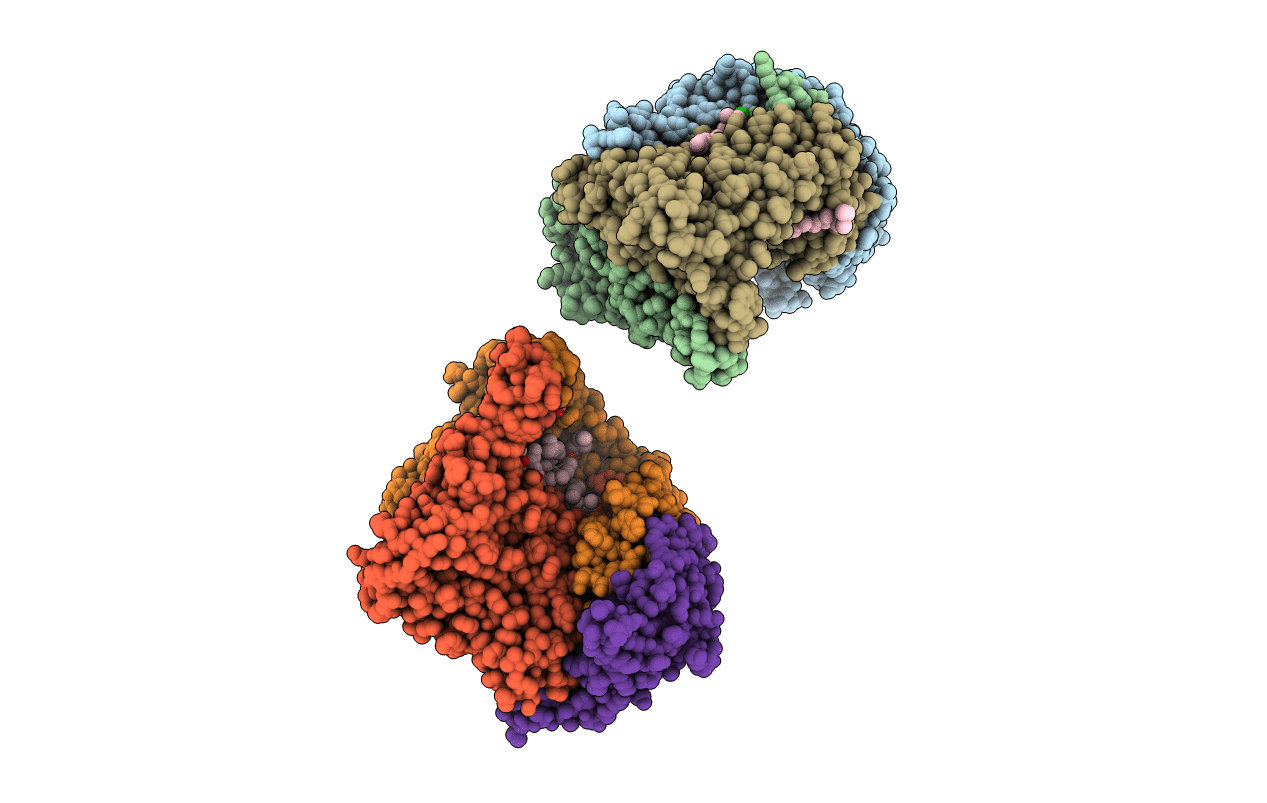
Deposition Date
2000-01-07
Release Date
2000-03-08
Last Version Date
2024-02-07
Entry Detail
PDB ID:
1DS8
Keywords:
Title:
PHOTOSYNTHETIC REACTION CENTER FROM RHODOBACTER SPHAEROIDES IN THE CHARGE-NEUTRAL DQAQB STATE WITH THE PROTON TRANSFER INHIBITOR CD2+
Biological Source:
Source Organism:
Rhodobacter sphaeroides (Taxon ID: 1063)
Method Details:
Experimental Method:
Resolution:
2.50 Å
R-Value Free:
0.25
R-Value Work:
0.22
R-Value Observed:
0.22
Space Group:
P 43 21 2


